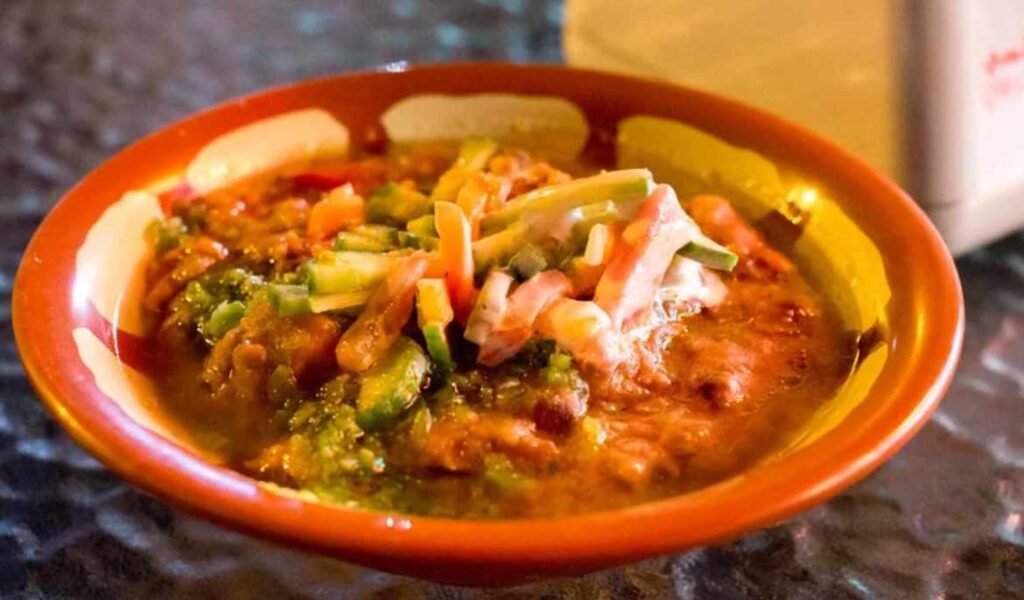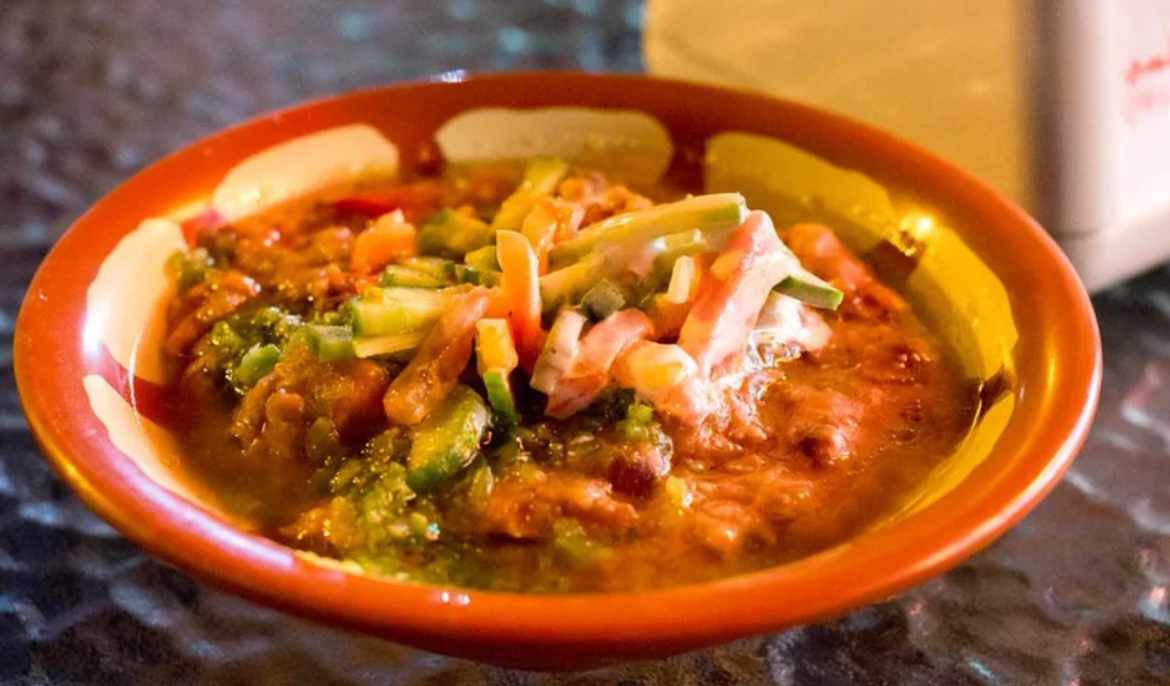Long before chickpeas gained global stardom, it was the fava bean – broad, earthy and ancient – that fed empires!
From the fields of the eastern Mediterranean to the souks of Cairo, fava beans have sustained communities for thousands of years. And whether mashed into a velvety purée or simmered whole with garlic and lemon, their most beloved preparations – fava bean purée and foul mudammas – are among the oldest dishes still regularly eaten today.
Fava beans are among the first legumes cultivated by humans, with archaeological evidence dating back to Neolithic times. In Egypt, they’ve been part of the diet for over 4,000 years – a food of both pharaohs and farmers. Their role was not just culinary but symbolic, associated with fertility, nourishment and even mysticism in ancient Greece and Rome.
Foul mudammas (sometimes written as foul medames) is arguably the most iconic fava bean dish in the Arab world. The name comes from the Arabic foul (beans) and mudammas (buried or slowly stewed), referencing the traditional method of cooking the beans overnight in large copper pots buried in embers.
This slow simmering transforms dried fava beans into something tender and deeply satisfying, flavoured with olive oil, garlic, lemon juice and often cumin. In Egypt, Syria, Lebanon and Palestine, it’s a staple breakfast dish, eaten with warm flatbread and often topped with tomatoes, onions, herbs or even a boiled egg.
Further west and north, fava beans take a slightly different form. In Greece, fáva doesn’t refer to fava beans at all, but to yellow split peas – a separate ingredient entirely. But in Crete and Cyprus, you’ll find true fava bean purées, sometimes combined with fresh garlic, lemon and olive oil – a smooth, garlicky mash that appears as a meze dip or a base for roasted vegetables and herbs.
In Cyprus, koukia (fava beans) have long been part of the seasonal table. They appear fresh in spring – still in their pods, bright green and tender – and dried throughout the year. They’re stewed, mashed, or added to pilaf-style dishes, often enhanced with onion, olive oil and wild greens. While not as widely celebrated as in the Levant or North Africa, fava beans still form part of the island’s rural and agricultural tradition, especially in villages where spring produce is used to its fullest.
Both fava bean purée and foul mudammas speak to the resourcefulness of generations past – transforming a modest, humble bean into something rich, nourishing and even luxurious. They reflect the heart of eastern Mediterranean and Middle Eastern cuisine: bold flavour, minimal waste and reverence for the land.



